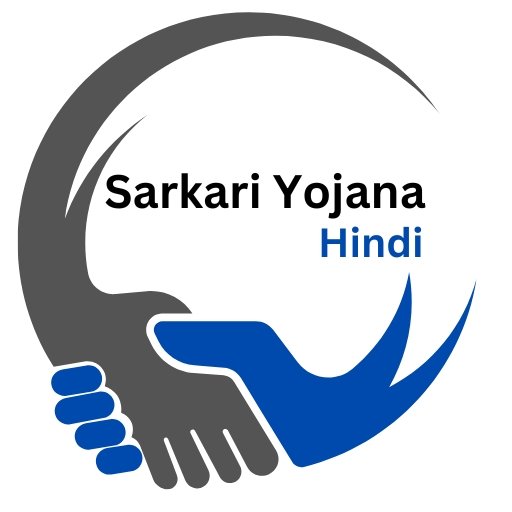[ad_1]
The Planning Commission evaluates the country's resources, prepares plans, implements and monitors them and recommends changes. Its primary goal is to promote the economic and social development of the nation through comprehensive planning. In this article we will study the Planning Commission of India.
What is Planning Commission?
Planning Commission of India is a government agency that was established to oversee the economic and social development of the country. The Planning Commission was established in 1950 to promote a rapid rise in the standards of living of the people by efficient exploitation of the country's resources, increased production and providing opportunities for all to work in community service. The duties of the Commission included evaluating India's resources, making development plans, allocating and prioritizing resources, and keeping track of how well the plans were being executed. It was important in determining the direction of India's economy in its early years. It made a major contribution to the growth and development of the nation.
Planning Commission of India
The Planning Commission of India was a non-constitutional and non-statutory body responsible for preparing India's five-year plans for social and economic development in India. The Prime Minister of India is the ex-officio Chairman of the Planning Commission. The Planning Commission was established on 15 March 1950 in accordance with Article 39 of the Constitution which is a part of the Directive Principles of State Policy. Planning Commission has been replaced by NITI Aayog, which was founded by our current Prime Minister Narendra Modi.
Functions of Planning Commission
The main function of the Indian Planning Commission is to formulate, direct, and monitor the Indian economy and social development. Its functions include:
- Evaluation of a country's material, capital and human resources
- Making strategies for the most effective and balanced use of the country's resources.
- Defining the steps through which the plan must be accomplished, as well as the allocation of resources to complete each step.
- Determining the nature of machinery required for complete implementation of the plan.
- Periodic evaluation of the progress made in completing each phase of the plan.
- public cooperation in national development
- Hill Area Development Program
- preparing for the future
- Manpower Directorate
Chairman of Planning Commission
Chairmanship of the Commission prime minister of India do and in this one vice president along with many Are full time members. Each of the Commission's several divisions dealing with areas of the national economy and society is headed by a senior official. The divisions include education, health, infrastructure, science, financial resources, industry, social welfare, rural development and water resources.
Composition of Planning Commission
- chairman – Prime Minister; Presiding over Commission meetings
- vice president – Actual Executive Head (full-time functional head);
- Responsible for drafting the five-year plan and submitting it to the Union Cabinet.
- Appointed by the Union Cabinet for a fixed tenure and have the status of Cabinet Minister.
- Participates in cabinet meetings without voting rights.
- part time member – Some Union Ministers
- ex officio member – Finance Minister and Planning Minister
Who is the Chairman of Planning Commission?
Chairman of the Prime Minister's Planning Commission happens, which National Development Council Works under the overall supervision of.
In 2014, the Planning Commission was renamed as NITI Aayog, or National Institution for Transforming India Was replaced by. NITI Aayog is a part of Government of India policy think tank Is. The main difference between the planning approach of NITI Aayog and Planning Commission is that the former will encourage increased state participation, while the latter Forest,size,fit-all A top with a plan,Will take a down approach.
Mr. Suman Berry Presently he is the Vice Chairman of NITI Aayog, who holds the rank of Minister in the Cabinet.
Planning Commission is a constitutional body?
Planning Commission , Although no longer active as the Planning Commission policy commission has been replaced by, neither a constitutional body Nor is it any statutory body. This is an unconstitutional or Excessive,is a constitutional body Because it is not created by the Constitution of India and is also a non-statutory body because it Not made by an Act of Parliament.
Planning Commission established in 1950 KC Niyogi Under the Chairmanship of 1946 formed in advisory planning board of the Government of India on the recommendations of Was made by executive decision.
Has the Planning Commission been dissolved?
Yes, the Planning Commission was dissolved on 1 January 2015. In its place a new institution called NITI Aayog was established., whose main function is to formulate and direct policies for the development of India. NITI Aayog was formed in accordance with the developmental objectives and perspective of the government of that time.
| Planning Commission and Policy Commission difference in | |
| policy commission | Planning Commission |
| It acts as an advisory think tank. | It functioned as a non-constitutional body. |
| It includes a wide range of expert members. | There was limited expertise in this. |
| It works in the spirit of cooperative federalism as the states are equal partners. | States participated as spectators in the annual planning meetings. |
| Secretaries appointed by the Prime Minister are known as CEOs. | Secretaries were appointed through the normal process. |
| It focuses on the 'bottom-up' approach of planning. | It followed a 'top-down' approach. |
| It does not have the authority to implement policies. | Implemented policies on states and allocated funds with approved projects. |
Sharing is caring!
[ad_1]
